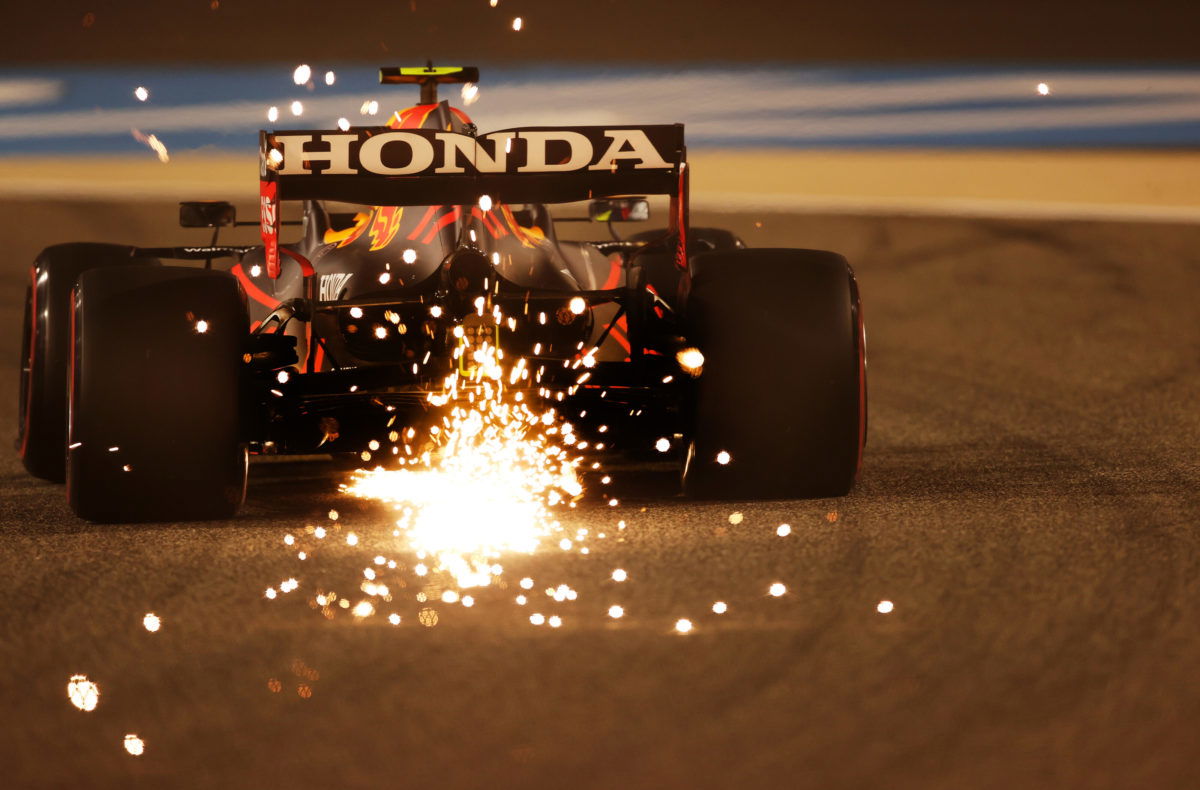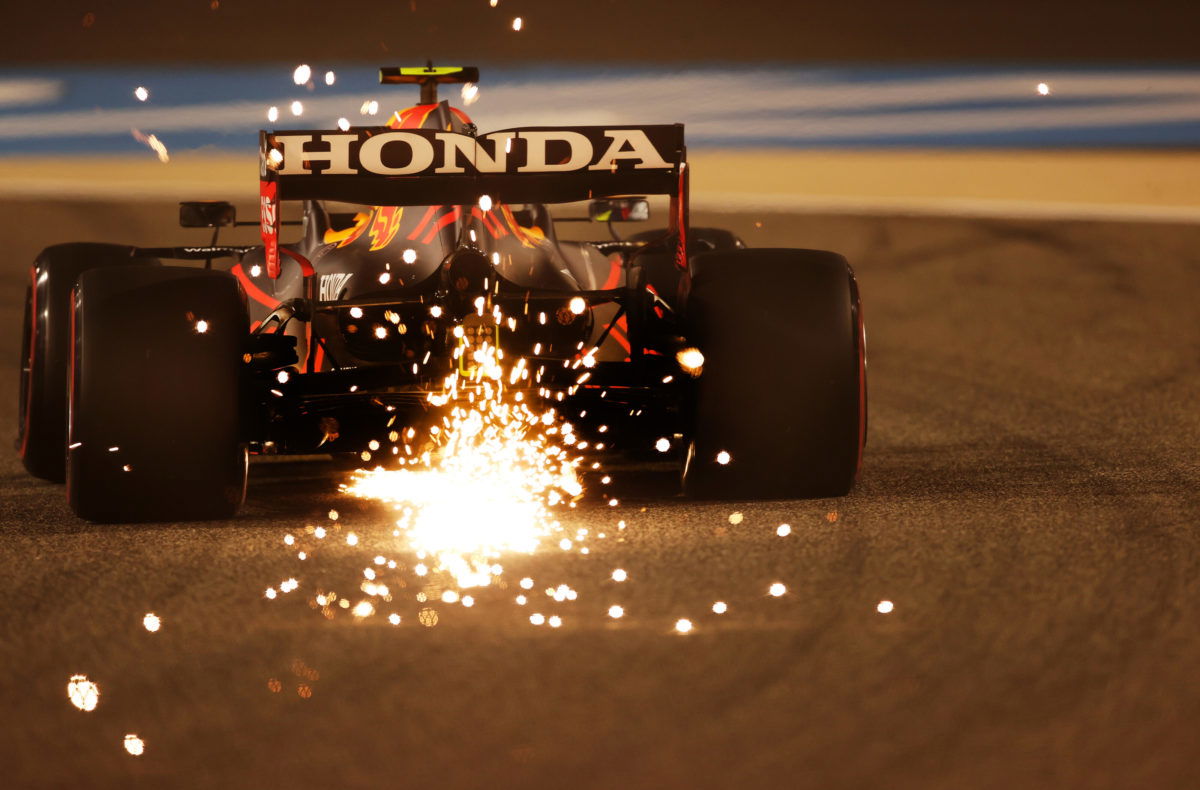

Changes to Honda’s Formula 1 power unit have allowed Red Bull to make gains on the aerodynamics of the RB16B.
Max Verstappen topped every session of the Bahrain Grand Prix barring the race itself, where he was narrowly pipped by Lewis Hamilton.
That followed a strong pre-season which saw Red Bull fastest on two of the three test days at the Bahrain International Circuit.
Those gains have been attributed to improvements from Honda, and the fact Red Bull’s high-rake concept seems to have been less affected by new aerodynamic regulations this season.
Less obvious is that the changes to the power unit have aided the car’s aerodynamic performance.
“The camshaft position has been lowered, and we have lowered the engine height,” explained Toyoharu Tanabe, Honda’s technical director.
“As a result, when the engine is installed in the chassis, the degree of freedom of the airflow flowing inside the car is increased.
“In other words, it has contributed to the aerodynamics.
“It’s hard to come up with exact numbers as to how much downforce has increased and how much lap time has been improved, but [Adrian] Newey said that he was grateful for the power unit being more compact and it contributing to the new installation.”

Tanabe explained that the new power unit’s primary focus was improved performance, and that the aero gains courtesy of the repackaging were something of an added bonus.
“We reviewed every single part and then the kind of concept of our previous PU (power unit) and then we designed this year’s PU as a new PU,” he said.
“Of course our desire to improve our performance in our PU means ICE (internal combustion engine) and ERS (energy recovery system).
“Also with the new design we made it a little bit more compact compared to the previous PU.
“I think it has contributed to the car package and performance as well.”
Red Bull currently sits second in the constructors’ championship on 28 points, 13 behind Mercedes, after the opening round.
Formula 1 next heads to Imola for the Emilia Romagna Grand Prix on April 16-18.





















Discussion about this post